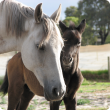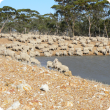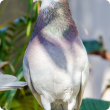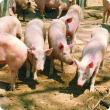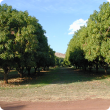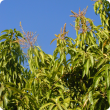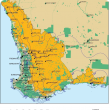Filter by regions:
- (-) Remove Pilbara filter Pilbara
- Mid West (173) Apply Mid West filter
- Gascoyne (172) Apply Gascoyne filter
- South West (172) Apply South West filter
- Great Southern (171) Apply Great Southern filter
- Peel (170) Apply Peel filter
- Wheatbelt (170) Apply Wheatbelt filter
- Goldfields-Esperance (168) Apply Goldfields-Esperance filter
- Kimberley (167) Apply Kimberley filter
- Perth regions (143) Apply Perth regions filter

